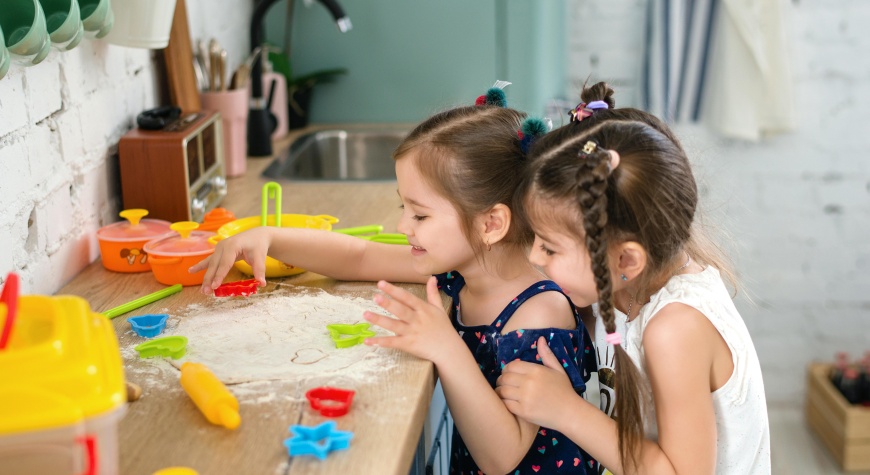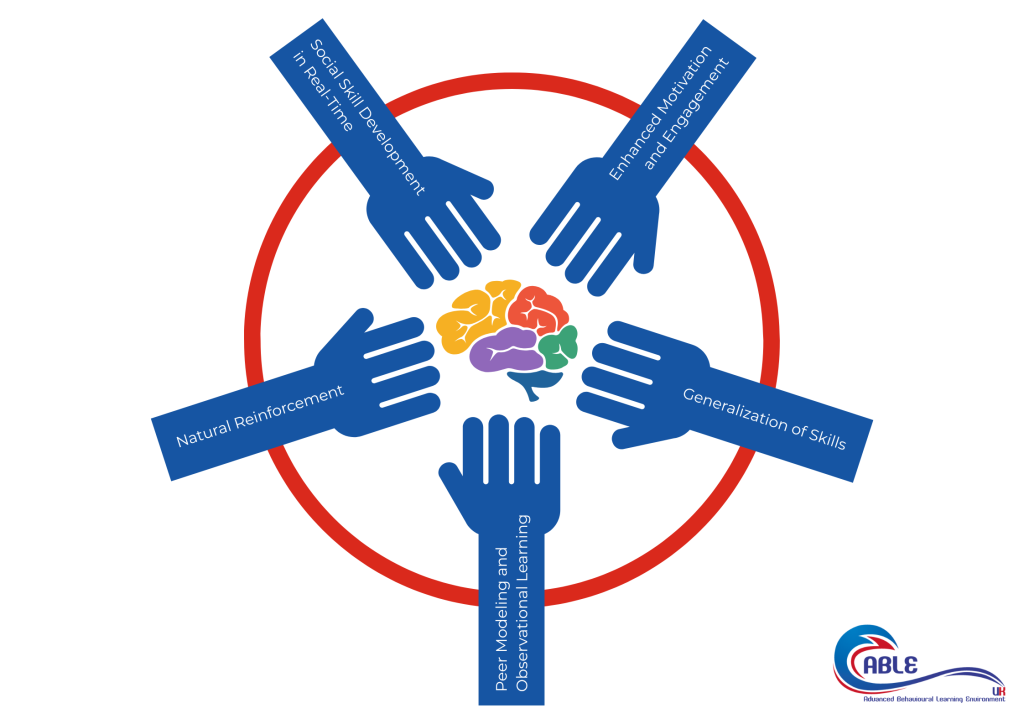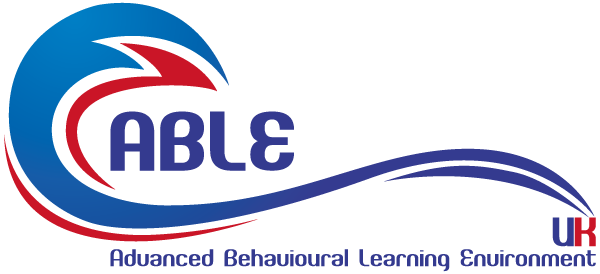Group ABA Therapy: How Peer Interaction Enhances Learning for Kids

Understanding how children learn and grow is key to their development, especially for those navigating unique challenges. Applied Behavior Analysis (ABA) stands as a powerful and evidence-based approach, focusing on understanding and improving socially significant behaviors through systematic application of learning principles. Its value lies in its ability to break down complex skills into manageable steps, using positive reinforcement to encourage progress and foster meaningful change in children with autism spectrum disorder (ASD) and other developmental conditions.
While individual ABA therapy offers tailored support, group ABA therapy introduces a dynamic element – the power of peer interaction – which can significantly enhance learning and social growth. This blog explores the unique benefits of group ABA therapy and how the presence of peers can create a richer, more engaging, and ultimately more effective learning environment for kids.
Imagine a child learning to share a toy, not just because an adult prompts them, but because they see the joy it brings to another child and experience the reciprocal fun of playing together. Picture a child initiating a conversation with a peer about a shared interest, practicing their communication skills in a natural and motivating context. These scenarios highlight the unique advantages of group ABA therapy, where the social environment itself becomes a powerful teaching tool.
Why Peers Matter in Learning

Why Peers Matter in Learning (Applied Behaviour Analysis ABA) – ABLE UK
Peers play a crucial role in a child’s development. They serve as models for behavior, provide opportunities for social interaction, and offer a natural context for practicing communication skills. In a group ABA setting, these peer interactions are carefully facilitated and structured to promote learning in ways that individual therapy might not fully replicate.
- Social Skill Development in Real-Time: Group therapy provides a naturalistic setting to practice social skills like turn-taking, sharing, initiating interactions, responding to others, and understanding social cues. Children learn by observing their peers, imitating appropriate behaviors, and experiencing the direct consequences of their social actions within a safe and supportive environment.
- Enhanced Motivation and Engagement: Learning alongside peers can be highly motivating. Children are often more engaged and enthusiastic when participating in activities with others their age. The desire to connect with peers and be part of a group can drive participation and increase the effectiveness of ABA interventions.
- Generalization of Skills: Skills learned in a one-on-one setting may not always easily transfer to real-world social situations. Group therapy provides a bridge, allowing children to practice and generalize newly acquired skills in a more natural and varied social context with different individuals.
- Peer Modeling and Observational Learning: Children learn by watching others. In a group, peers can serve as powerful models for appropriate behaviors, communication styles, and social responses. Observing a peer successfully navigating a social situation or demonstrating a target skill can be highly impactful.
- Natural Reinforcement: Social interaction itself can be a powerful reinforcer. The positive attention and engagement from peers can motivate children to use newly learned skills and behaviors. A smile, a shared laugh, or a successful collaborative activity can be more rewarding than tangible reinforcers in some contexts.
Key Components of Effective Group ABA Therapy
Successful group ABA therapy involves careful planning and implementation, focusing on creating a structured yet naturalistic learning environment.
- Careful Group Composition: Groups are typically formed with children who have similar skill levels and learning goals. This ensures that the activities are appropriate for all participants and that there are opportunities for meaningful interaction and peer modeling.
- Structured Activities with Clear Goals: While promoting natural interaction, group sessions often involve structured activities designed to target specific social, communication, or behavioral goals. These activities might include games, role-playing scenarios, collaborative projects, or circle time.
- Direct Instruction and Prompting: Therapists provide clear instructions, visual supports, and prompts as needed to guide children’s participation and skill development within the group setting. Fading prompts strategically encourages independence.
- Positive Reinforcement and Feedback: Just like in individual ABA therapy, positive reinforcement is used to encourage desired behaviors and skill acquisition. Therapists provide praise, social rewards, and sometimes tangible reinforcers to motivate participation and progress. Peers can also provide natural reinforcement through their positive responses.
- Opportunities for Generalization: Activities are designed to promote the generalization of skills across different peers, settings, and situations. Therapists might vary the activities, the group members, and the environment to encourage flexibility and adaptability.
- Data Collection and Progress Monitoring: Therapists carefully collect data on the children’s progress within the group setting, tracking skill acquisition, social interactions, and behavioral changes. This data informs ongoing treatment planning and ensures that the group is meeting the individual needs of each child.
Benefits of Group ABA Therapy: A Closer Look
The advantages of group ABA therapy extend beyond the simple presence of peers:
- Improved Social Communication Skills: Group settings provide ample opportunities to practice initiating and responding to conversations, asking and answering questions, understanding non-verbal cues, and engaging in reciprocal communication with multiple individuals.
- Enhanced Cooperation and Teamwork: Collaborative activities within the group foster cooperation, sharing, and the ability to work towards a common goal with others. These skills are essential for social success in various settings.
- Increased Self-Confidence and Social Comfort: Successfully navigating social interactions within a supportive group can significantly boost a child’s self-confidence and reduce anxiety related to social situations. Feeling accepted and connected to peers is a powerful motivator.
- Cost-Effectiveness: Group therapy can sometimes be a more cost-effective option compared to intensive individual therapy, allowing more families to access valuable ABA services.
- Parent Support and Networking: Group therapy settings can also provide opportunities for parents to connect with other families facing similar challenges, creating a valuable support network for sharing experiences and resources.
Considerations for Group ABA Therapy
While group ABA therapy offers numerous benefits, it’s important to consider individual needs and ensure that the group setting is appropriate for each child. Factors such as the child’s current skill level, social readiness, and specific learning goals should be carefully assessed. Some children may benefit from a period of individual therapy before transitioning to a group setting.
Conclusion: Growing Together Through Group ABA
Group ABA therapy harnesses the powerful influence of peer interaction to create a dynamic and enriching learning environment for children. By providing naturalistic opportunities to practice social skills, enhancing motivation, and promoting generalization, group therapy complements individual ABA interventions and can lead to significant gains in communication, social competence, and overall well-being. As we continue to understand the complexities of child development, embracing the power of peer-supported learning within the framework of Applied Behavior Analysis offers a promising path for helping kids connect, learn, and thrive together. The shared journey of learning and growth in a group setting can unlock a child’s potential in profound and meaningful ways, fostering not just skill acquisition, but also a sense of belonging and social confidence that will last a lifetime.

5 comments
Gus291
April 14, 2025 @ 6:43 amhttp://wish-club.ru/forums/index.php?autocom=gallery&req=si&img=5230
📻 Reminder: TRANSACTION 1,529411 bitcoin. Receive =>> https://graph.org/Binance-04-06-6?hs=fa4b9e474ab689373b0238a9724abb52& 📻
April 16, 2025 @ 4:00 am2se24c
📄 Email- + 1,593468 BTC. Continue >> https://graph.org/Message--0484-03-25?hs=fa4b9e474ab689373b0238a9724abb52& 📄
April 16, 2025 @ 3:31 pmjqkqgk
Jason Beeching
April 18, 2025 @ 8:15 amI love how organized this article is, great structure.
Reparere en MacBook
April 19, 2025 @ 11:58 amThis is a very informative article—well done!